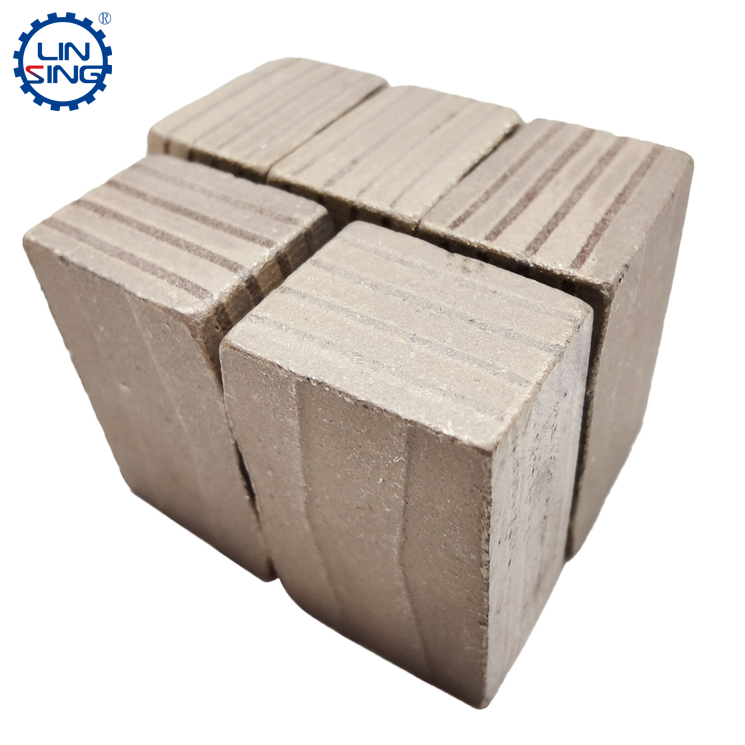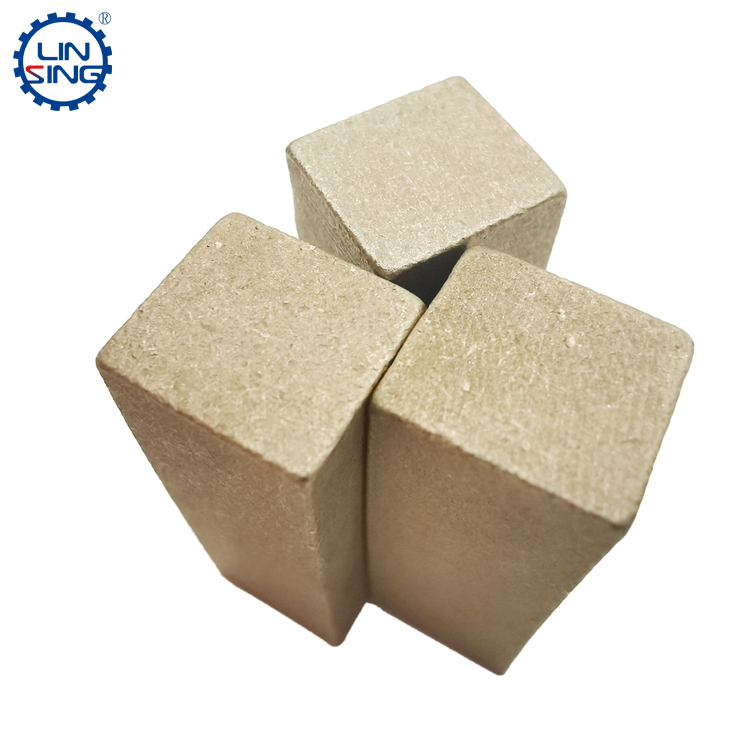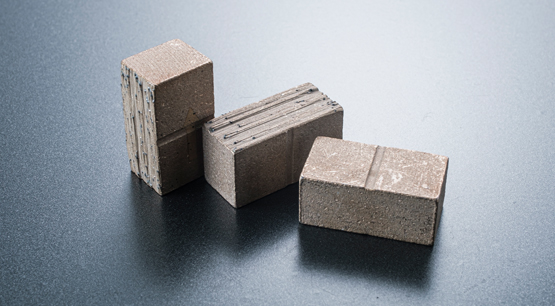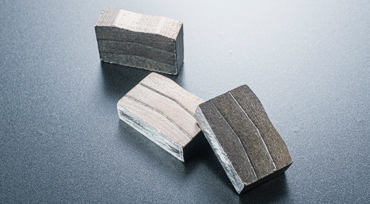The size of the diamond segment is a very important indicator. Especially sometimes the segments that are purchased back may have different sizes or small sizes. The reason is mainly due to the cost savings of the factory and the deformation of the mold. But for the welding of diamond segments, the uniformity of the size is particularly important. So how to measure the size of the diamond segments?
In terms of surveying tools, choosing a vernier caliper will make the measurement data more accurate. In the production process, the specification of the mold is the size of the segments. When the temperature of the segment is higher, the normal specification can be maintained. But when the segment starts to cool and demould, due to the principle of thermal expansion and contraction, the segments will appear smaller. Under normal circumstances, the size of the segment we measured is slightly smaller than the standard size. For example, for a segment of 24*8.5*10mm, the actual size is only 23.88*8.47*9.89mm. So in the process of using vernier calipers, we will measure more accurate values. However, sometimes, the size of the segment is not known (customer samples or segments produced by other companies). At this time, the size of the segments should be roughly inferred based on the principle that the measured size is too small.
When measuring the size of the segment with a vernier caliper, the following points should be done:
1:The upper and lower lengths are measured separately: The reason for this is that measuring the length of the upper and lower parts can indirectly reflect whether there is uneven sintering during the sintering process of the segments, the deformation of the segments, and the deviation of the middle iron piece of the layer segments.
What is more special is that there are some special specifications of Gang saw segments and fan-shaped segments. Since the upper part of the fan-shaped segment is wider than the bottom length, the size expression is 43*40mm.
2:Width measurement: The width of the marble segment and the part of the pitch saw blade segment are the same, and the upper and lower widths are basically uniform. But for basalt segment, granite segment, sandstone segment, etc., the upper part is wide and the lower part is narrow. The side profile of the entire segment is in the shape of an inverted trapezoid. For such segments, the width of the upper and lower ends needs to be tested. Then the writing method is separated by "/". For example, the upper part is 8.5mm, the lower part is 7.6mm, and the width is written as 8.5/7.6mm.
A more special case is that there are some Gang saw segments with different lengths from top to bottom and different widths from top to bottom. The length and width are both inverted trapezoidal shapes. The top width is narrow and the bottom width is narrow. The measurement method requires four data to be measured. The expression for the specification of the writing segment is 22/20*4.5/4.0mm.
3:In addition to length and width, there is also height data. There are two situations for height measurement. The first type, the segment is parallel to the segment, the upper surface is flat, and the height measurement is to measure the distance from the upper surface of the segment to the lower bottom surface.
Marble segment height: 8, 10, 12, 13, 15mm
Granite segment height: 13, 15, 20, 25, 30mm
The expression of the height of the segment can be described in 15 (13, 20, 30), where 15 is a common specification, and 13, 20, 30 are customizable specifications.
We can use a more uniform expression to mark the size of the measured segments. Examples of specifications:
24*9.6/8.4*13(15,20,30)











